Rare and Endemic Plants on Islands: Stories of Rarity, Risks, Recovery, and Resilience
The first time I set foot on Catalina Island, one of the eight California Channel Islands, I was excited, stunned, and concerned. I was excited to meet several plant and animal species that were only found on this island, the Catalina endemic species. Seeing a species with such a narrow distribution opened a veritable book of topics to learn about and explore. Where did they come from, and how did they get here? What unique adaptations evolved to make them so distinct from the original mainland species to justify creating a new species classification for them? The breadth of topics was broad and exhilarating, so much so that I even co-wrote a book about the Island’s wildlands and am ready to publish a second book on the natural history of many of its unique species.
At the same time, I was stunned to see so many non-native species, some of which had taken over vast areas of the Island, pushing out and outcompeting the native species. I encountered for the first time the Dyer’s greenwold (previously known as Canary Island or flax-leaved broom, Genista linifolia), a species introduced as an ornamental in the early 1900s to decorate the gardens of a hotel. In their original habitat (the Canary Islands), a suite of vertebrate and invertebrate herbivore species and fire keep this species tightly controlled, pushing it to evolve some strong adaptations to survive. For example, they produced seeds that could stay viable in the meager soil for decades. Their bright green foliage and beautiful yellow flowers made them attractive to the hotel owners in Catalina. But they escaped the confines of their pots and literally exploded in the canyons adjacent to the town of Avalon. Without their natural controls, they took over, expanding to cover around 60-70% of the hillsides around the town. In total, over 250 species of ferns, conifers (pines), monocots (like grasses), and dicots (such as flowering plants) have been introduced to the Island. Luckily, only a few of them are considered highly invasive, and the Island conservation area managers have addressed the worst of them over the years.
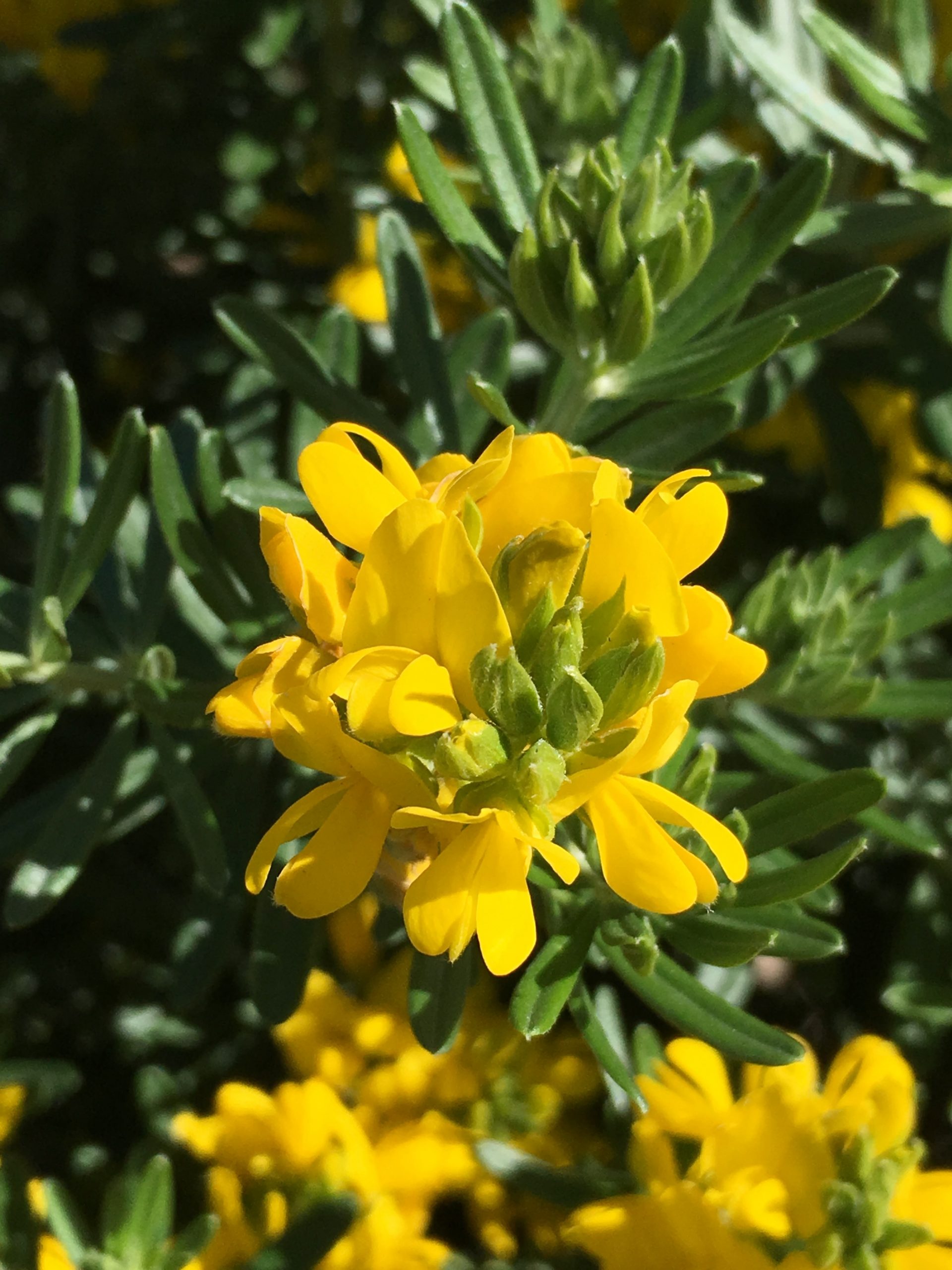
I was also concerned about the impact of so many years of heavy grazing of the hillsides, the degradation of the few freshwater springs and creeks, and the erosion from all the roads that crisscross the Island. I focused on prioritizing the issues and designing or expanding programs to improve the health of the native species. I had come to Catalina as the new Chief Officer for Conservation and Education of the Catalina Island Conservancy—I took this job seriously and with enthusiasm. For the next 6.5 years, I worked with an engaged community of residents, visitors, businesses, agencies, and scholars to protect what was irreplaceable and improve opportunities for the native species to recover and thrive from decades of impact.
It has been over 15 years since I left the Island to pursue other conservation priorities, but the work in Catalina continues, facing challenges that go well beyond the ecological realms, including social, historical, cultural, economic, political, ethical, and even, at times, spiritual concerns. Each of the eight California Channel Islands faces similar but unique mixes of issues. In fact, all the islands of the world face similar challenges, particularly regarding the islands’ rare and endemic species. Here are some of the significant hurdles they encounter.
Invasive Species: One of the most pressing issues is the introduction of invasive species, which often outcompete native plants for resources. For example, invasive grasses in Hawaii have drastically changed the landscape, making it difficult for endemic species to survive. Invasive species can quickly spread and monopolize sunlight, water, and soil nutrients, leaving native plants with little chance of survival.
Changing Climate: Climate change introduces a slew of challenges for island ecosystems. Rising temperatures can shift suitable habitats, and many endemic plants may find it difficult to adapt. Altered precipitation patterns can exacerbate this, either by inducing droughts or increasing rainfall to a point that the native flora cannot handle. For example, many of the Galápagos Islands’ unique plant species are suffering due to less predictable rainfall patterns.
Fire: Fire regimes are changing on many islands, often due to human activities or the introduction of invasive species that are more fire-prone. Endemic plants that have evolved without natural exposure to frequent fires may not have the mechanisms to cope with increased fire events. After a fire, invasive species are often the first to colonize the area, making it challenging for native plants to regain their territory.
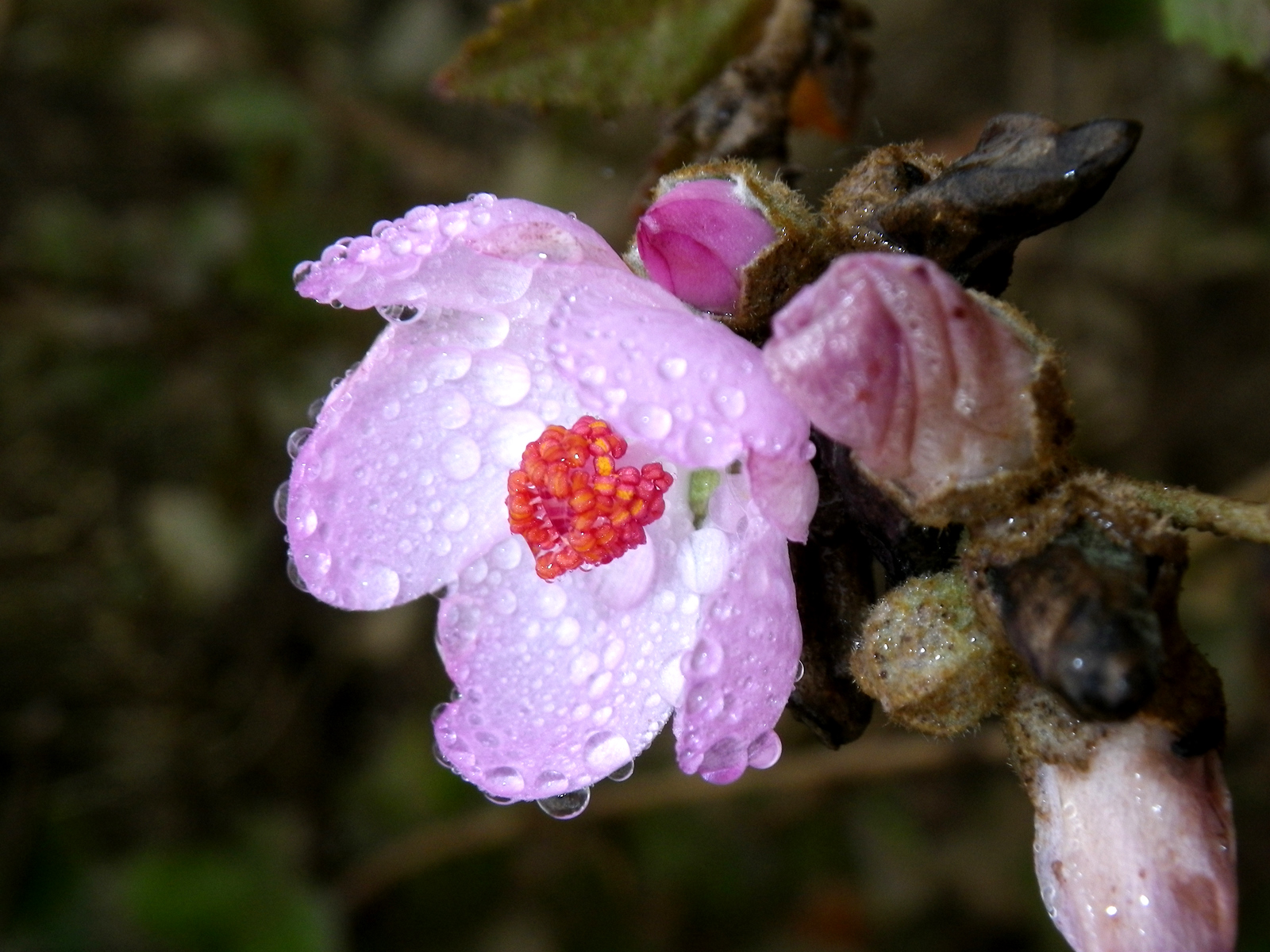
Anthropogenic Issues: Beyond the direct threats of urbanization and land conversion for agriculture, other human-related challenges include pollution and the collection of rare plants for trade or gardening. The small populations of these rare and endemic species make them incredibly vulnerable to any form of habitat loss. In some islands, tourism is a double-edged sword. While it brings attention and potentially more conservation resources to these unique ecosystems, the foot traffic and accompanying development can also pose threats.
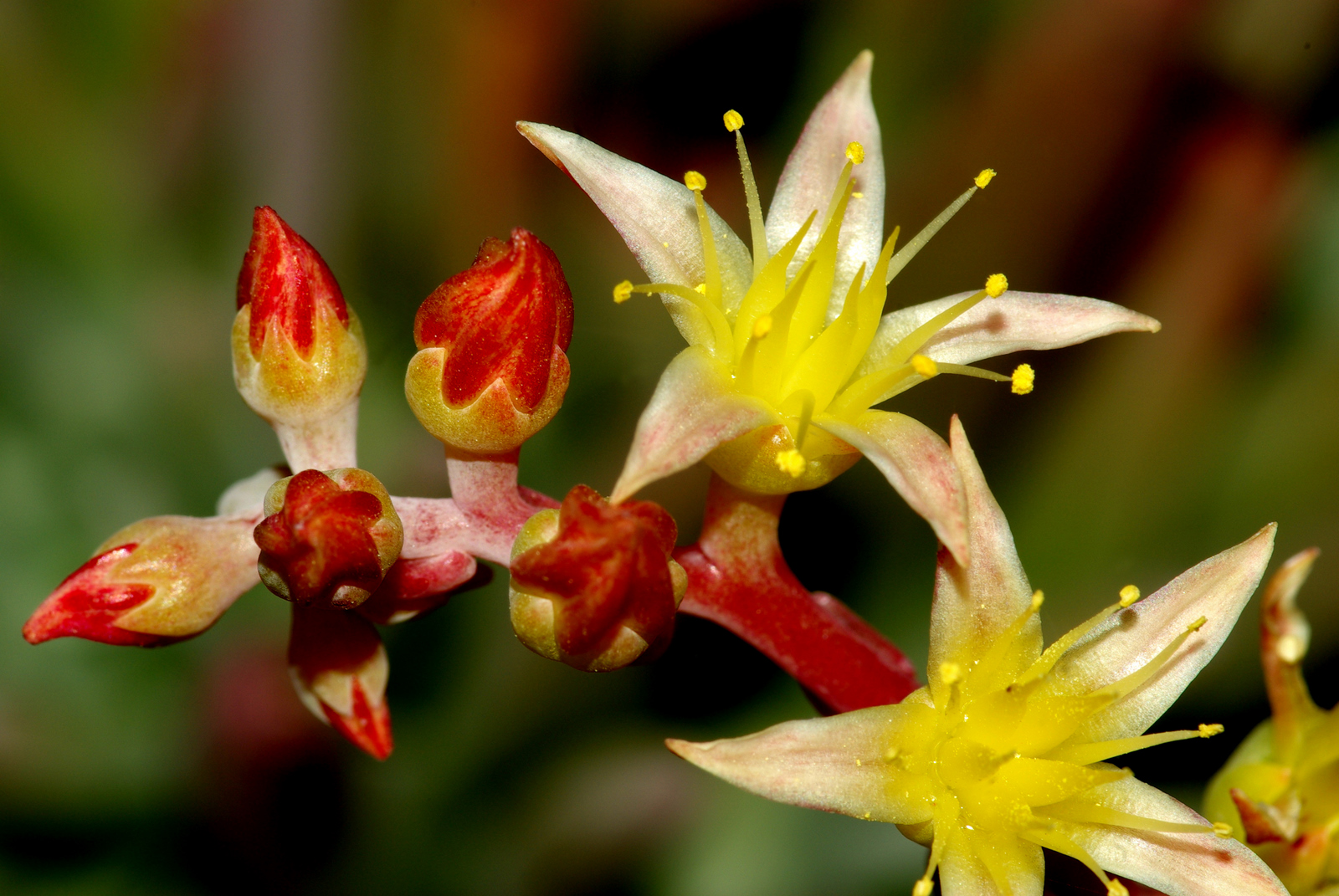
Conservation Strategies: Designing appropriate conservation strategies for these rare and endemic island plants is crucial. Invasive species management, including biological controls, can help native plants regain footing. Protected areas can offer a sanctuary from human-related issues—but they must be well-managed to prevent the incursion of invasive species and human disturbance. Some islands are turning to ex-situ conservation efforts, like seed banks and botanical gardens, as a form of insurance against extinction.
The interconnectedness of these challenges often amplifies their individual impacts, making it a complicated issue to tackle. However, solutions are not unattainable, especially if we approach them from a systems-thinking perspective, considering how each factor influences the others. To preserve the incredible biodiversity that islands offer, proactive and multi-faceted conservation strategies are essential.
Catalina Island and the other California Channel Islands are a microcosm of the challenges and conservation efforts concerning rare and endemic plants. The islands are home to dozens of plant and animal species that are not found anywhere else in the world. The protection, research, and conservation of these unique species is one of the main priorities for the organizations and agencies that manage these islands, and this management must include healthy, collaborative, participatory, and engaged community processes.
-
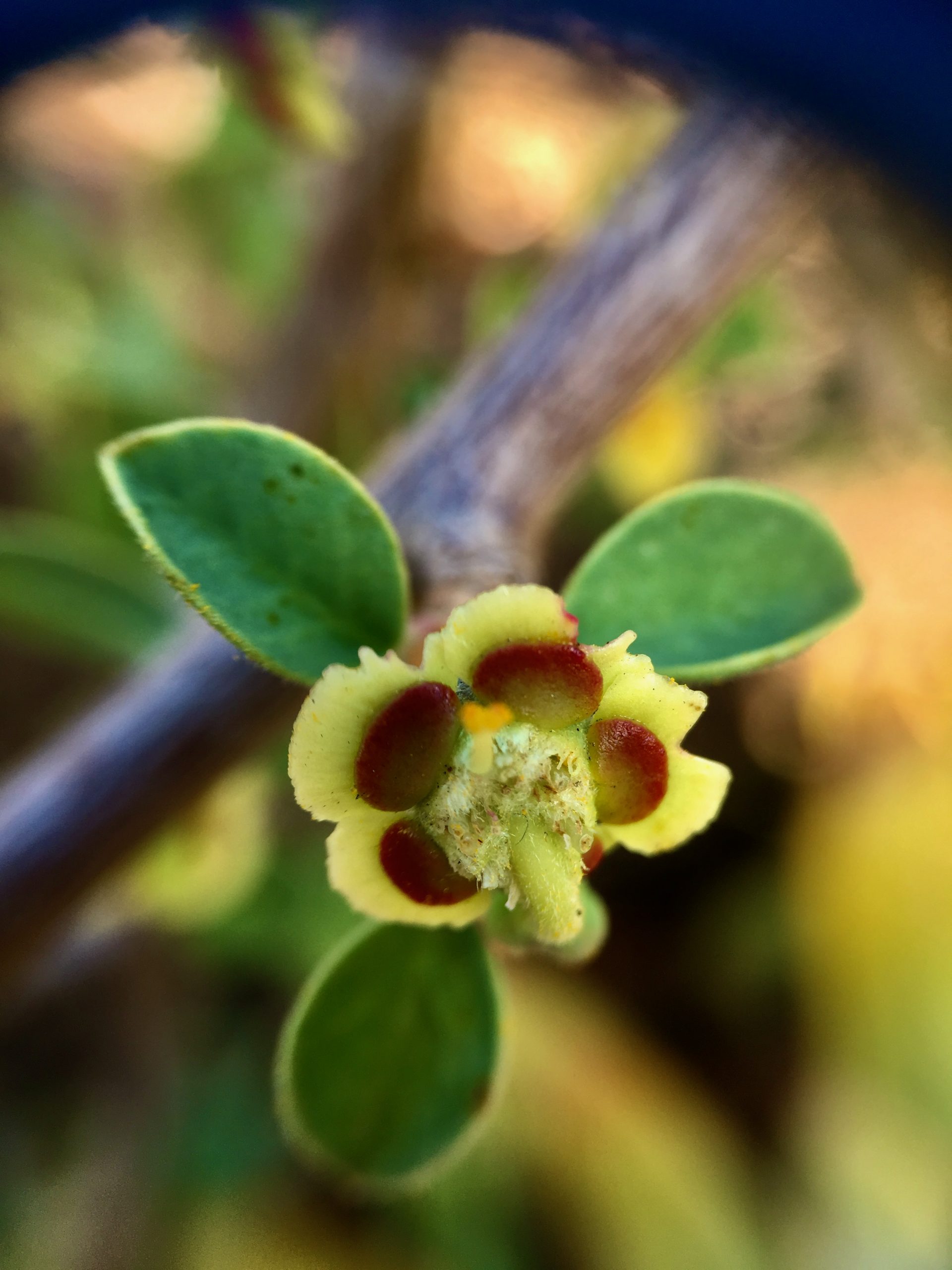
Cliff spurge (Euphorbia misera). Photo credit: Carlos L. de la Rosa. -
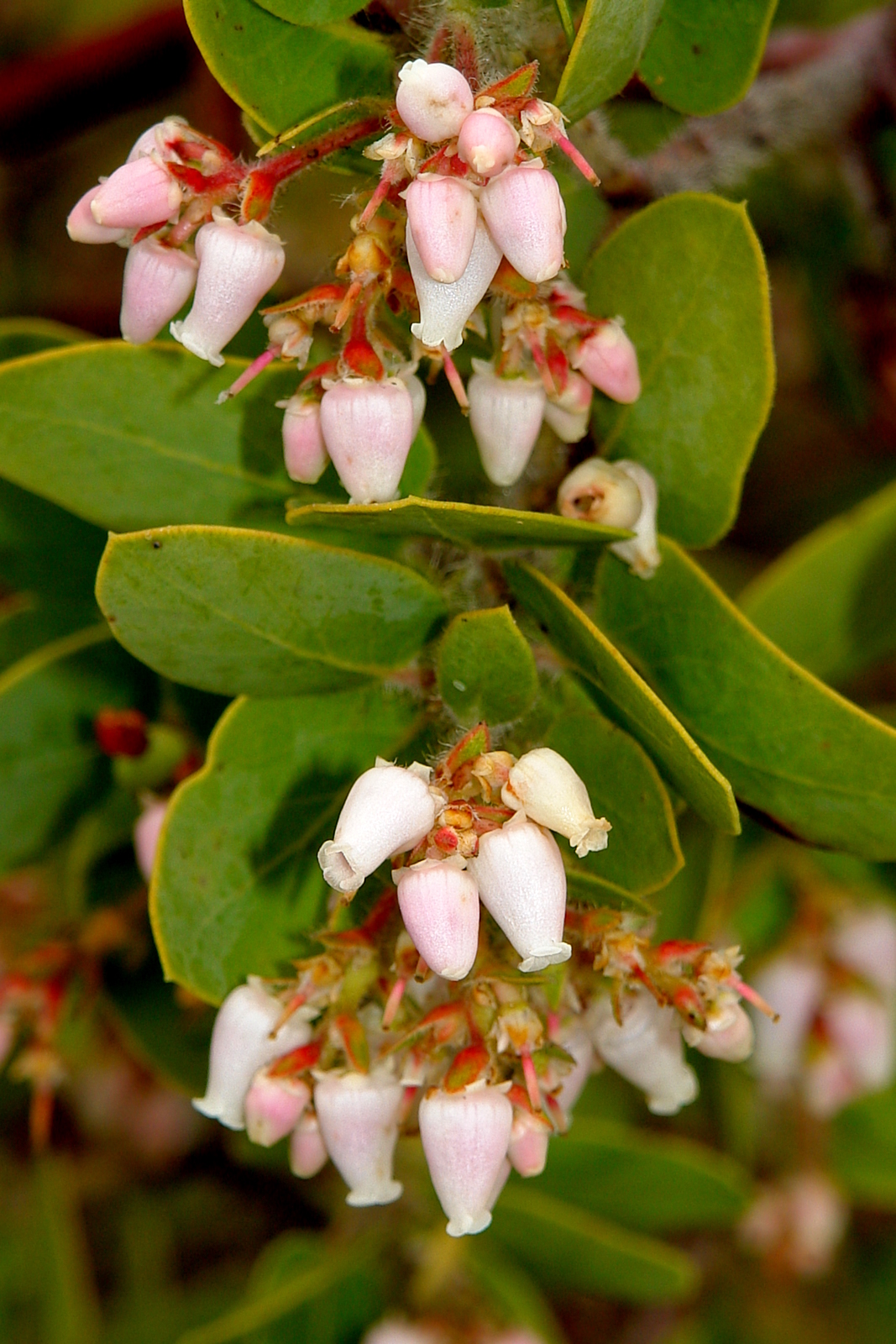
The flowers of the endemic Catalina manzanita (Arctostaphylos catalinae) resemble small upside-down amphoras. Only the smallest of insects are able to enter the flowers and reach the pollen and nectar. -

Santa Catalina Island Ironwood (Lyonothamnus floribundus ssp. floribundus). The leathery leaves are not immune to insect damage. Caterpillars of several species are known to feed on the leaves. Note the damage shown here. Photo credit: Carlos L. de la Rosa.